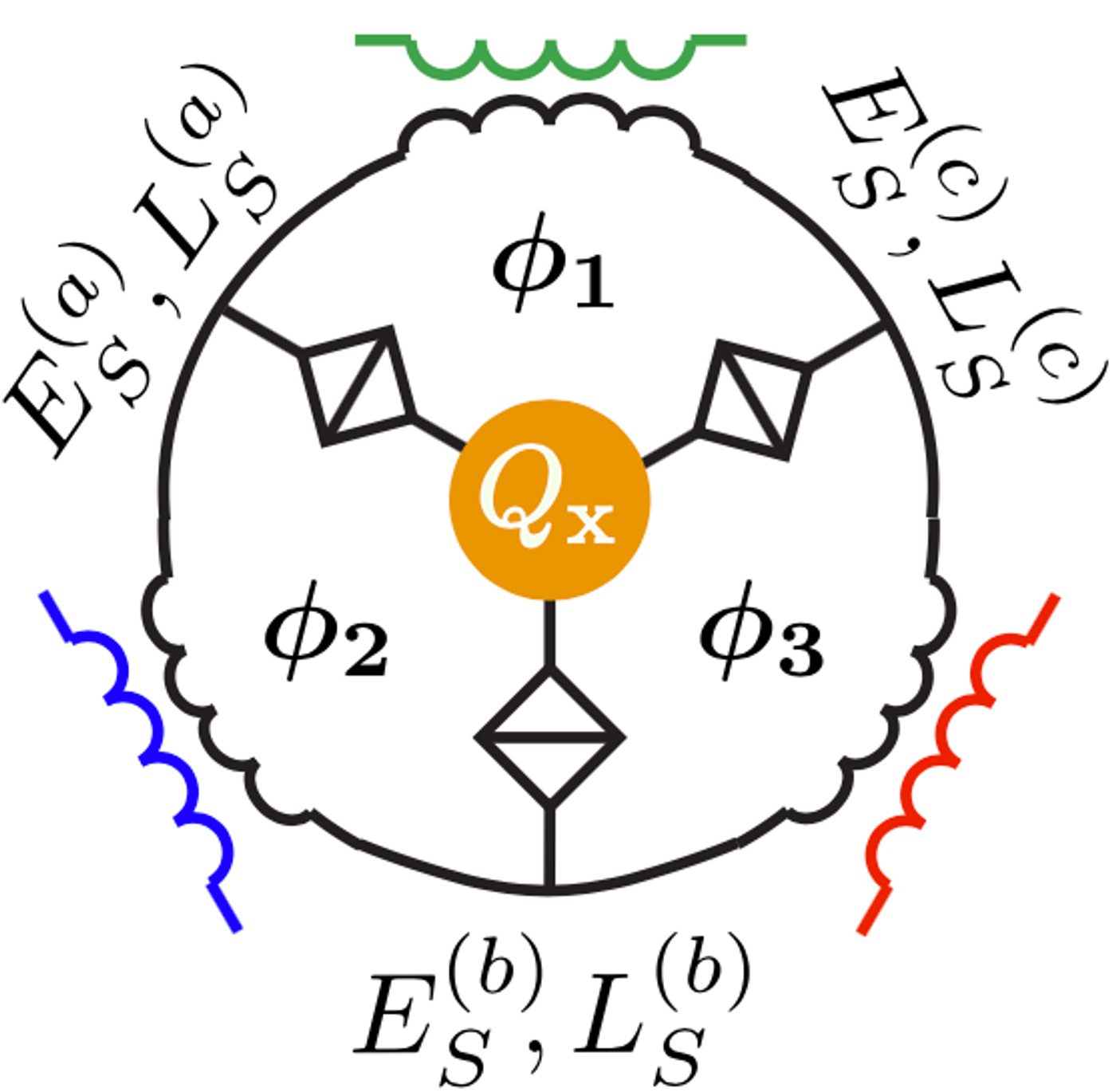A Quantum Computing Component that Reverses Time?!
A group of physicists and computing scientists from Australia and Switzerland has come with a theoretical model for building a quantum computing device that can break time-reversal symmetry. It was compared to the flux capacitor on the time-traveling vehicle Delorean from the movie “Back to the Future”.
This might sound like an adapted plot from a Sci-Fi series. But let’s start from the beginning.
It is generally accepted, even though poorly understood, that time flows in one direction" or time is "asymmetrical". British astronomer Arthur Eddington famous compared time to an airborne arrow (hence the name “the Arrow of Time”). In our macroscopic world, the asymmetry of time governs everything from tiny molecules to planetary bodies. It is tied to the second law of thermodynamics-the constant increase of entropy.
But the Arrow of Time does not apply to every aspect of the reality. Time reversality is possible in microscopic phenomena, especially when it comes to those involving quantum physics. Quantum phases are states of matters under certain extreme physical condition. For example, at zero Kelvin a matter can experience phase transitions due to quantum fluctuation. The time-reversal symmetry holds for phase transition because no entropy is gained (or lost) when the matter slips from one state to another. It is like an intricately written book: whether you read it in the normal or reversed order, the stories in it appear to be identical.
Let’s switchgear to computing technology. The superconducting qubit (short for "quantum bit", the basic unit of information in a quantum computer) is a leading candidate for building a quantum computer. The current quantum circuits can only hold a small number of qubits and researchers everywhere are trying to scale up. But they all run into one single obstacle: they need a device, more specifically a small, high-performance microwave circulator that can route the microwave signals that these qubits communicate with.
Circulators are multiple-port devices that transmit signals directionally, which shield qubits from stray microwave interference. The directionality of circulators requires a time symmetry-breaking mechanism. Last year a similar breakthrough was reported by another group from the University of Colorado who built a compact on-chip microwave circulator.
Just like the U.S. team, the Australia and Switzerland collaboration was working on a new microwave circulator. The old ones are too bulky and create too strong a magnetic field. These undesirable features make them unfit for large-scale integration with superconducting circuits.
What is unique about this study is that they outlined a detailed plan for constructing an integrated superconducting microwave circulator that can force microwaves to flow in just one direction.
"The circulator uses the quantum tunneling of magnetic flux around a capacitor, breaking time-reversal symmetry." Tom Stace, a physics professor at the University of Queensland and a senior member of the study, said in a news release.
Tunneling is the quantum mechanical phenomenon where a particle tunnels through a barrier. Under the interpretation of classical physics, such barrier (usually in forms of the energy level of photon and electron) can be not overcome at all.
"Signals circulate around the circuit in only one direction, much like cars on a roundabout,” he added. This innovative design allows the device to breaks time-reversal symmetry without the bulky magnet or strongly interfering magnetic field.
The proposed new design was published in Physical Review Letters in May.
Physicists invent flux capacitor, break time-reversal symmetry (Centre of Excellence Engineered Quantum Systems)










